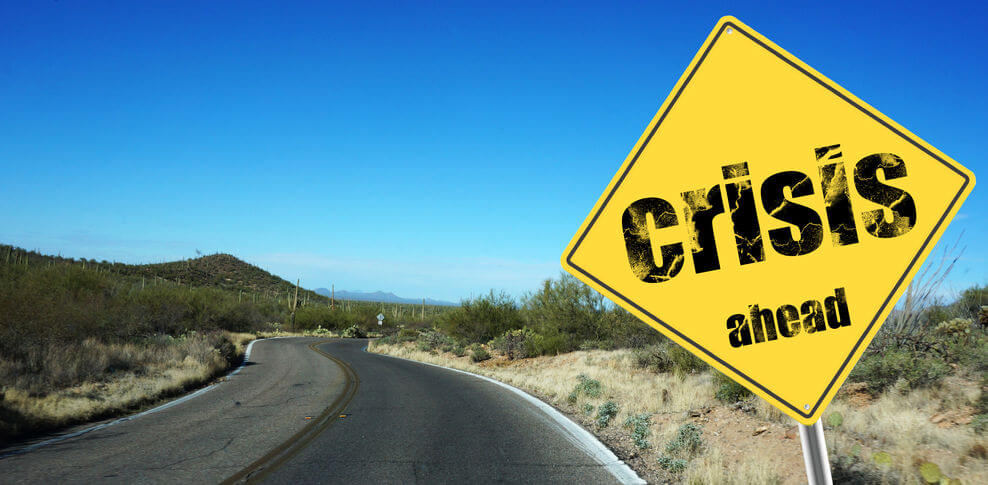- 04/12/2017
- Posted by: Mike O'Malley
- Category: crisis management, radio, social media

The past few weeks have provided strong reminders that PR disasters happen.
Simply opening Facebook these days should provide you sufficient encouragement to have a plan for how you would handle a worst-case scenario.
Radio is far from immune from things suddenly going very wrong: from something that aired that wasn’t supposed to, to a contesting misstep, to the exiting of a popular talent.
A good starting point for reviewing or creating your own PR disaster plan comes from this piece by Steve Gosset that appeared in the Harvard Business School’s Harvard Management Communication.
- Develop a “decisive and sincere” response that shows humility by admitting mistakes and promising to make amends. This can help minimize long term brand damage.
- Have someone in authority be the face of this honest empathy. Leadership should be perceived as understanding the problem, managing the situation, and doing the right thing. One caveat: be sure the brand spokesperson can believably convey the message. And avoid “No Comment” or being non-responsive. Both can be perceived as guilt.
- Create a crisis plan and review it annually – even consider a crisis drill.
Jacob Warwick a contributing author to the Percolate Blog and the content manager for Honigman Media suggests learning from other brands’ crisis responses in order to limit brand damage.
Responding quickly is one lesson to embrace.
Citing Yum! Brands’ quick response to a false claim about their beef,
“Taco Bell was quick to respond by revealing the actual ingredients in their recipes and launched a multi-platformed PR campaign that included a public service announcement distributed through their social media outlets such as YouTube, Facebook, and others.”
Warwick pointed to a poll showing that the brand’s prompt Facebook efforts were perceived positively by 91% while their YouTube response received an 89% positive response.
He goes on to suggest the following checklist:
- Understand what happened
- Establish a simple, consistent, and clear response
- Create a monitoring system
- Address small brush fires
- Have a distribution strategy for apologies
- Make disasters learning opportunities that can prevent similar situations from occurring in the future
Fast Company’s 5 Steps to Regain Trust After a Disaster offers some additional insights and recommendations:
- Acknowledge the Issue and setup a task force.
- Set up a “stop the bleeding team” who will think as the competition thinks (i.e., taking advantage of your situation).
- Create empathy. Overreact in favor of the consumer
- Find friends who can help you spread your point of view and talking points.
- Rebuild your reputation.
“While the short-term machine is in action to manage the outrage, go back to the drawing board and ask yourself what’s needed in order to recover your long-term reputation. Remember you’ve just lost your most essential brand value–trust–so anything and everything you say in the future will be questioned.”
Here are some other resources you might find helpful:
http://www.businessinsider.com/pr-disasters-crisis-management-2011-5
http://www.telegraph.co.uk/connect/small-business/how-to-manage-a-public-relations-disaster/
https://www.bernsteincrisismanagement.com/the-10-steps-of-crisis-communications/
https://blog.hootsuite.com/social-media-crisis-management/amp/
http://www.huffingtonpost.com/liz-wainger/prevent-pr-disaster-6-ste_b_9334614.html?
And one final thought from Fast Company:
… [a] PR crisis is a wake-up call for every company to prepare in case of a similar blunder. No matter how good you are or how trusted your brand is today, no one’s immune from a PR crisis forever.
Have a crisis-related experience or pre-crisis preparation you’d like to share?
Photo Credit Copyright: <a href=’https://www.123rf.com/profile_tang90246′>tang90246 / 123RF Stock Photo</a>
